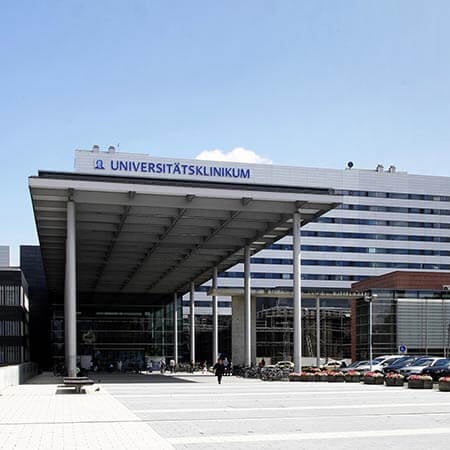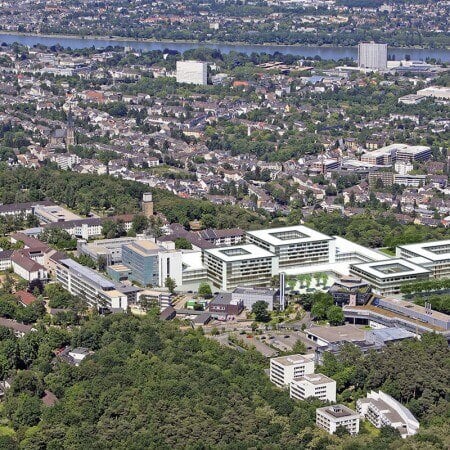About the disease
Dyshormonal breast hyperplasia is a condition which is considered to be precancerous. Generally, it develops when the cells starts to accumulate abnormally in the breast. Although dyshormonal breast hyperplasia is not a cancerous condition, a woman diagnosed with it needs to pay attention to it and get checked-up regularly, because it can become the cause of cancer in future.
In dyshormonal breast hyperplasia, the cells starts to divide abnormally and keep dividing throughout the lifetime of a woman. Later on, they can become malignant because with time these dividing cells become more and more abnormal. If they become malignant, dyshormonal breast hyperplasia can cause either noninvasive or invasive cancer, depending on the time when the cancer was diagnosed and also the overall nature of the malignant cells.
The exact cause of dyshormonal breast hyperplasia had not been determined yet. It is not known why the cells start to change their pattern, size and also shape. Some cells in dyshormonal breast hyperplasia starts to resemble breast duct cells, while other can resemble breast lobule cells.
According to Mayo Clinic, some researches and scientists think that dyshormonal breast hyperplasia is part of the complex process when the cell becomes malignant. At first simple hyperplasia, when normal-looking cells are overproduced, then hyperplasia becomes atypical, meaning the cells are abnormal, and then the cancer develops. In progressed and severe cases, noninvasive cancer can become invasive.
Symptoms
- In most cases dyshormonal breast hyperplasia does not cause any symptoms
- Mostly, it is found accidentally during the regular check-up
- It is important to get checked-up at least once a year to detect the dyshormonal breast hyperplasia early and prevent cancer
Diagnosis
- During general examination, the doctor will ask woman if there had been any hormonal changes in her life lately. The doctor will ask about the number of pregnancies in the past and whether the woman had ever breastfed.
- The doctor will palpate the breasts to see if there are any lumps or abnormalities.
- A mammogram, which is an imaging test of the breasts, can detect the abnormal cells which could be dividing.
- A biopsy is used to examine the sample of abnormal tissue under the microscope and see if there are cells common for dyshormonal breast hyperplasia and if there are no malignant cells to rule out the possibility of cancer.
Treatment
- Surgery is used to remove the abnormal cells and stop them from dividing.
- The doctor may also prescribe special drugs that block estrogen from binding to estrogen receptors located in the breast tissue.
- After treatment, a woman needs to undergo screening and also self-exam regularly to avoid appearance of cancer.
Authors: Dr. Nadezhda Ivanisova, Dr. Sergey Pashchenko




















